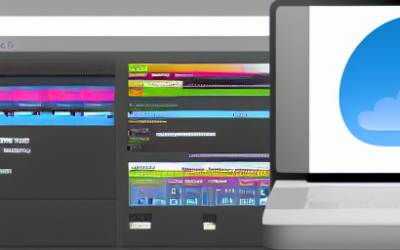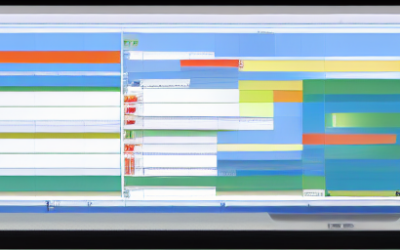Together, continuous integration and continuous delivery help teams develop, test and deploy software faster, with fewer errors and higher quality. They help ensure that code is always up to date and that teams can quickly identify and fix problems. They also help reduce the time it takes for changes to reach users and help ensure that code is always up to date.
Tech Blog
Tech Insights, Information, and InspirationWhat is a rules engine and why your business needs it?
A rules engine is a piece of software that allows you to define rules and then run those rules against data to make decisions. Typically, a rules engine will have a graphical user interface that allows you to visually create and edit rules. The engine will also have a way to execute the rules against data, and will usually provide some kind of report or notification when a rule is triggered.
Build vs Buy Software Solutions
There are pros and cons to both buying and building software. When it comes to making a decision, it really depends on the needs of the company and the resources that are available for a buy vs. build software debate.
Event Driven Architecture
Event-driven architecture is a software architecture pattern in which the flow of the program is determined by events. An event can be generated by the user, by the system, or by another program. When an event occurs, the program responds by executing a piece of code, which is known as an event handler.
Restructuring Data Systems
Restructuring data systems can be a complex and expensive process. The company will need to analyze its current system and figure out what needs to change. It will then need to choose new software or hardware, and make sure that all of its data is transferred over to the new system. The company will also need to train its employees on how to use the new system.
Microservices Architecture
Microservices architecture is an approach to designing software applications as a suite of independently deployable, small, modular services. In a microservices architecture, each service runs a unique process and communicates through a well-defined, lightweight mechanism to serve a business goal. This architecture enables continuous delivery and deployment of large, complex applications.
Open Source Software Development
Open source software development is a process of creating and distributing software where the source code is available to the general public for use and modification. This type of development allows for collaboration between developers and users, and can lead to the creation of more innovative and efficient software.
Developing Software Requirements
Before development can begin on a software project, the software requirements must be defined. This process can be tricky, as it can be difficult to determine exactly what is needed from the software. However, there are a few methods that can be used to help develop software requirements.
.NET Services
.NET Services is a set of web services and tools that helps developers to create, deploy, and manage web applications and services. It provides a platform for building, deploying, and managing web applications and services. .NET Services includes a set of web services, tools, and libraries that helps developers to create, deploy, and manage web applications and services.
Hiring IT Consultants
IT consultants are individuals who provide expert advice and guidance in the area of information technology. Their aim is to help organizations improve their performance by making better use of technology. IT consultants typically have a wide range of skills and knowledge, and are able to provide advice on a variety of topics, including hardware and software, networking, and security. In addition, they may also be able to help with the implementation of new technology, and can provide training and support to staff.
Get In Touch
UseTech Design, LLC
TROY, MI • BLOOMFIELD HILLS, MI
Call or text +1(734) 367-4100










